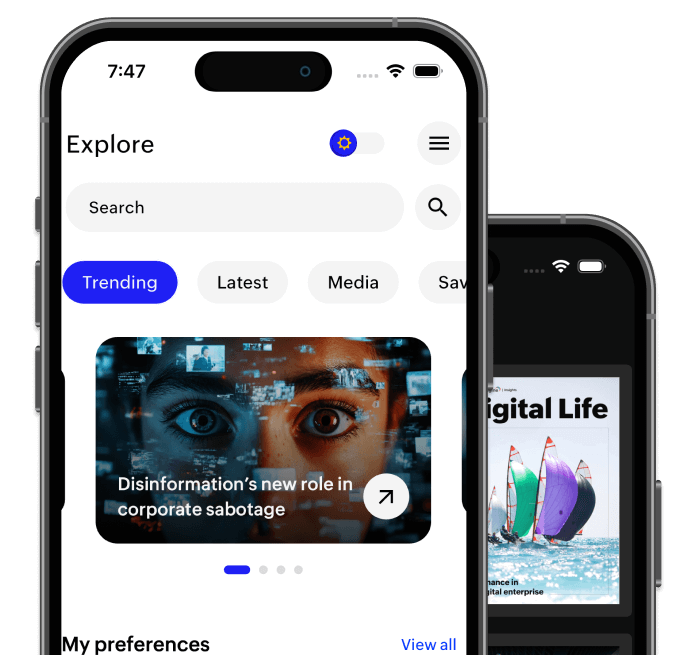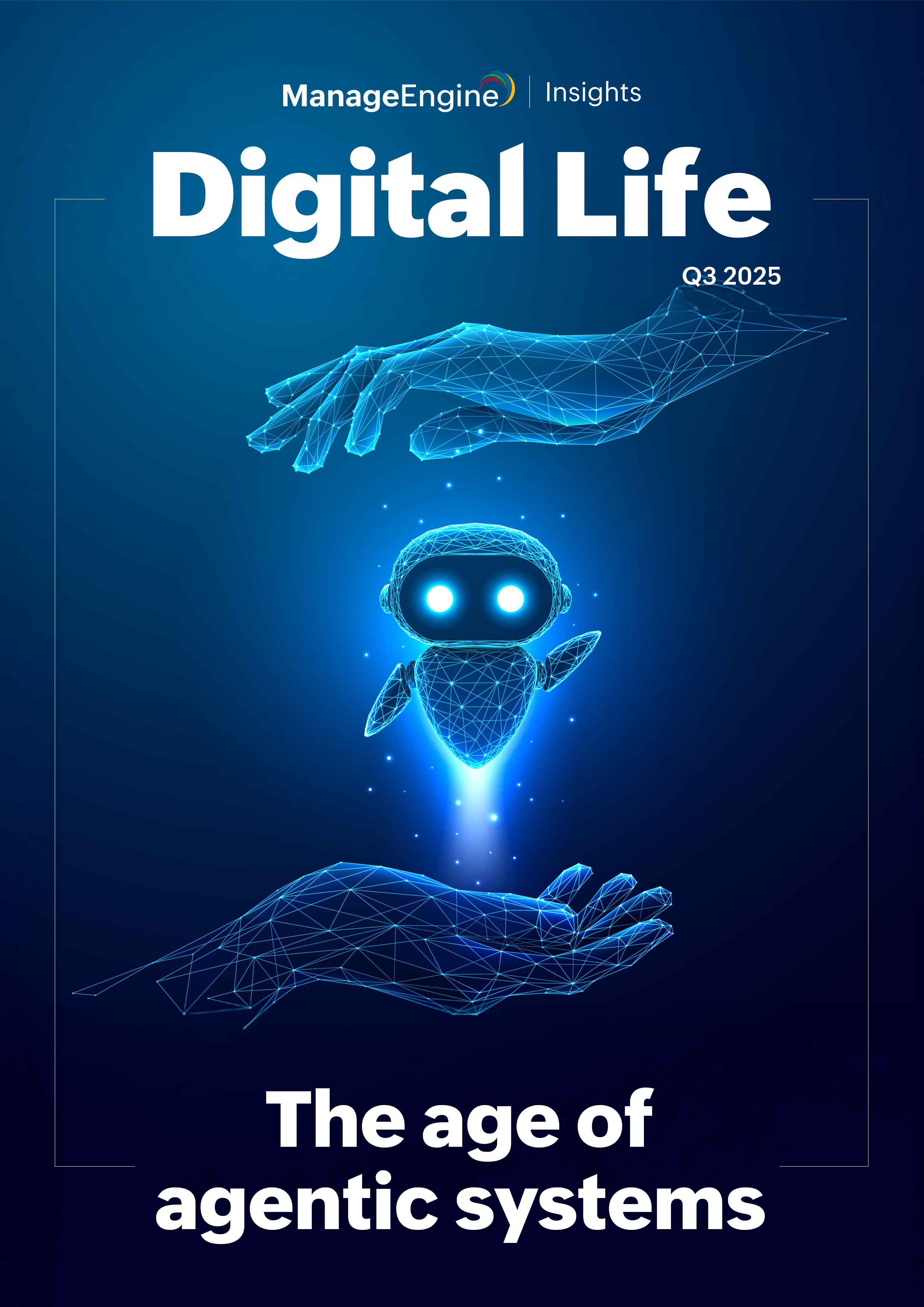As we step into 2025, the cybersecurity landscape has evolved beyond traditional threats like malware and phishing. A new menace looms large—disinformation. This insidious threat leverages false information to manipulate, disrupt, and undermine organizational integrity, public trust, and even national security. For IT decision-makers, the challenge is clear: to understand, anticipate, and combat disinformation with strategic precision.
Disinformation, defined as deliberately false or misleading information spread with malicious intent, has become one of the most popular attack vectors in recent times. Its rapid dissemination is facilitated by social media platforms, deepfakes, and even AI-generated content. Unlike traditional cybersecurity threats that target systems, disinformation targets perception, eroding trust in institutions, brands, and information itself.
Disinformation in action
In the past, disinformation was often used to distort democratic processes, influence elections, and undermine trust in public institutions and journalism. It played a significant role in deepening societal divides and damaging the reputations of public figures, including political leaders. Today, disinformation has shifted focus, seeping into the corporate world. Criminal organizations and sophisticated threat actors now harness these deceptive tactics, utilizing the same strategies and dissemination channels that once served political disinformation campaigns to compromise businesses.
In a notable case of disinformation, a forged memo purportedly shared by the United States Department of Defense claimed that the planned acquisition of a tech company by a leading semiconductor firm had raised national security alarms, leading to a decline in the stock prices of both companies. Among other significant incidents, during the global vaccine rollout, pharmaceutical companies like Pfizer faced disinformation campaigns questioning the efficacy and safety of its vaccines. These campaigns not only threatened public health but also affected stock prices and corporate credibility. The need for robust disinformation security measures became evident as companies grappled with countering false narratives in real time.
Risks and challenges posed by disinformation
Disinformation represents a multifaceted threat that extends beyond simple falsehoods. It manipulates perceptions, influences decisions, and sows confusion, which can destabilize not only individual organizations but also broader economic and social systems. Addressing these challenges requires a comprehensive understanding of the tactics and technologies employed in spreading disinformation.
-
Erosion of trust: Disinformation undermines trust in organizations, whether through false customer reviews, fake news about corporate practices, or manipulated executive statements. Trust, once lost, is difficult to regain, impacting brand loyalty and stakeholder confidence.
-
Operational disruption: Disinformation can trigger operational chaos. False reports of data breaches or product defects can lead to unnecessary recalls, regulatory scrutiny, and financial losses.
-
Legal and regulatory implications: Organizations may face legal challenges if they are perceived to have failed in mitigating disinformation, especially when it affects consumers or markets. Compliance with emerging regulations on digital content and misinformation is becoming increasingly complex.
-
Reputational damage: Disinformation campaigns can severely tarnish an organization’s reputation, resulting in long-term damage. The rapid spread of false narratives can outpace the organization’s ability to respond, leaving lasting impressions on the public and investors.
The double-edged sword of emerging technologies
Emerging technologies like generative AI have significantly worsened the disinformation landscape. These technologies enable the rapid creation of deepfakes: hyper-realistic images, videos, and audio that can mislead audiences. For instance, deepfake videos of public figures, such as the infamous video of former President Barack Obama created by BuzzFeed in collaboration with actor Jordan Peele, showcased how AI can manipulate reality convincingly. Such tools are now accessible to malicious actors who use them to create fake news and propaganda, amplifying the reach and impact of disinformation.
On the flip side, the same technologies can be leveraged to combat disinformation. AI-driven tools like the Deepfake Detection Challenge, created by Meta in collaboration with other tech giants, aim to improve the detection of manipulated media. Additionally, AI-powered platforms like Full Fact use machine learning (ML) to automate fact-checking processes, allowing for quicker identification and correction of false information. These advancements illustrate the potential for AI to serve as a powerful ally in the fight against disinformation.
Additionally, blockchain technology also offers a promising avenue for combating disinformation by providing a decentralized and tamper-proof way to verify the authenticity of information. By leveraging distributed ledger technology, blockchain can ensure the integrity of data, making it more challenging for malicious actors to alter or fabricate content.
For example, projects like The New York Times’ News Provenance Project aim to combat misinformation by using blockchain to record and verify the source and authenticity of news articles. Similarly, companies like Civic Ledger are exploring how blockchain can authenticate documents and digital identities to prevent the spread of false information. Blockchain can also be used to track the dissemination of information across social media platforms. By creating a transparent and immutable record of the origins and changes made to digital content, blockchain can help identify the spread of disinformation and hold accountable those responsible for its propagation. This traceability could significantly reduce the spread of fake news and manipulated media, fostering a more trustworthy digital ecosystem.
Strategies for tackling disinformation
In the face of the growing disinformation threat, organizations must adopt a proactive and multifaceted approach. Tackling this issue requires a blend of advanced technology, vigilant monitoring, and comprehensive communication strategies to safeguard integrity and trust in the corporate sector.
-
Proactive monitoring and response: Organizations must invest in advanced monitoring tools that use AI and ML to detect disinformation trends and sources. Real-time alerts can help IT teams respond swiftly to emerging threats.
-
Enhancing media literacy: Organizations should invest in educating employees, stakeholders, and the public on identifying and resisting disinformation. Training programs and public awareness campaigns can serve as the first line of defense.
-
Building resilient communication strategies: A robust communication strategy that includes clear, transparent, and timely messaging can help counteract disinformation. Organizations should have crisis communication plans ready to deploy when disinformation strikes.
-
Leveraging third-party fact-checking: Partnering with independent fact-checking organizations can lend credibility to an organization’s efforts to debunk disinformation. These partnerships provide a neutral, authoritative voice in the face of false narratives.
The rise of disinformation security represents a paradigm shift in cybersecurity. IT decision-makers must recognize that the fight against disinformation is not just a technical challenge but a strategic imperative. By adopting a holistic approach that combines technology, collaboration, and education, organizations can build resilience against this modern threat.
As we navigate the complexities of 2025, the ability to effectively manage and mitigate disinformation will define the leaders in cybersecurity. Organizations that invest in disinformation security will not only protect their interests but also contribute to the broader goal of safeguarding truth and trust in the digital age.











